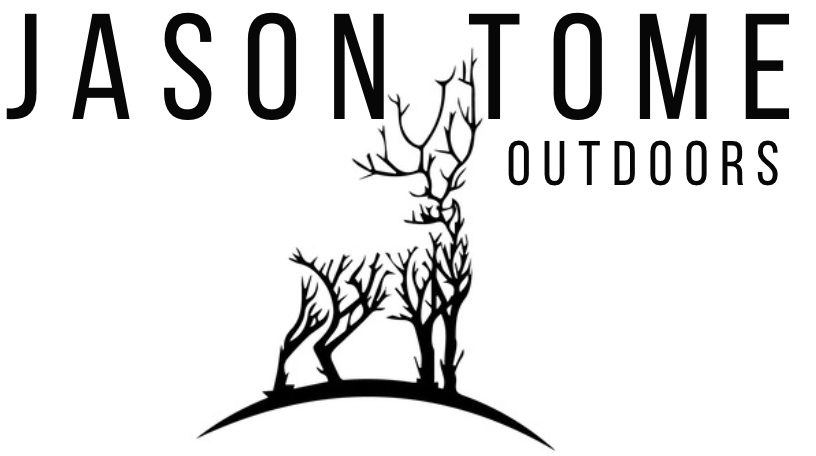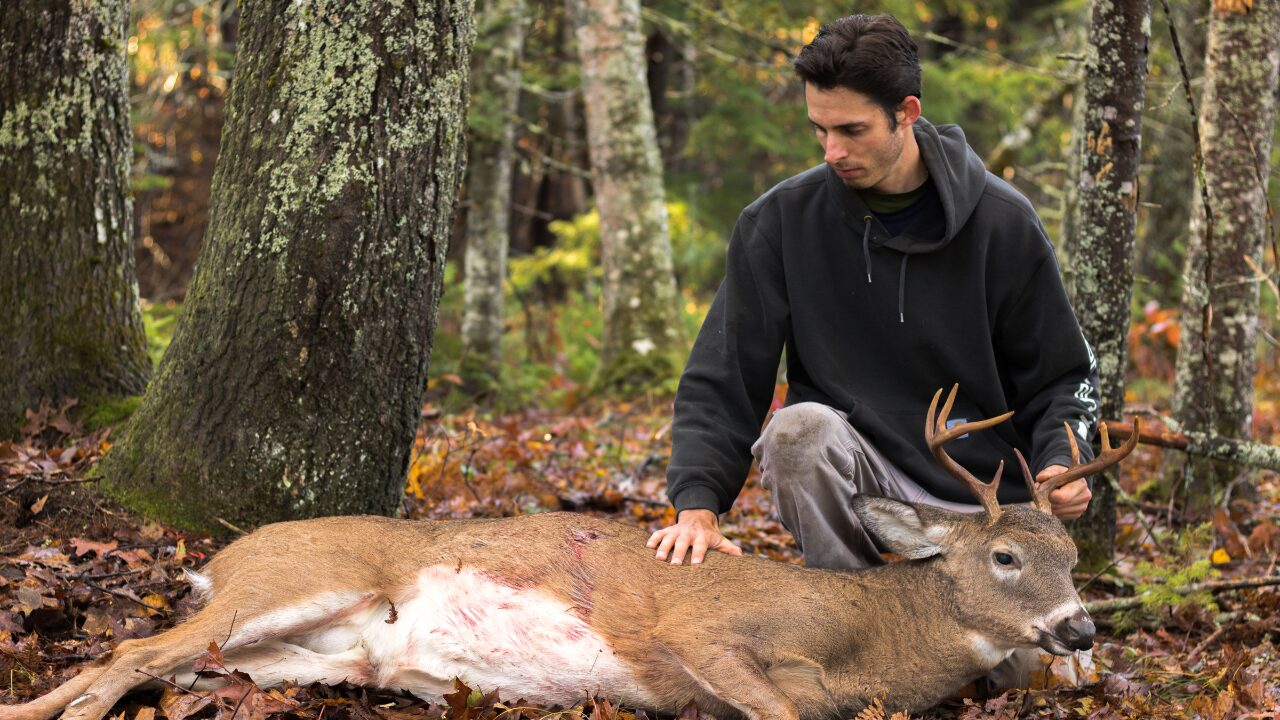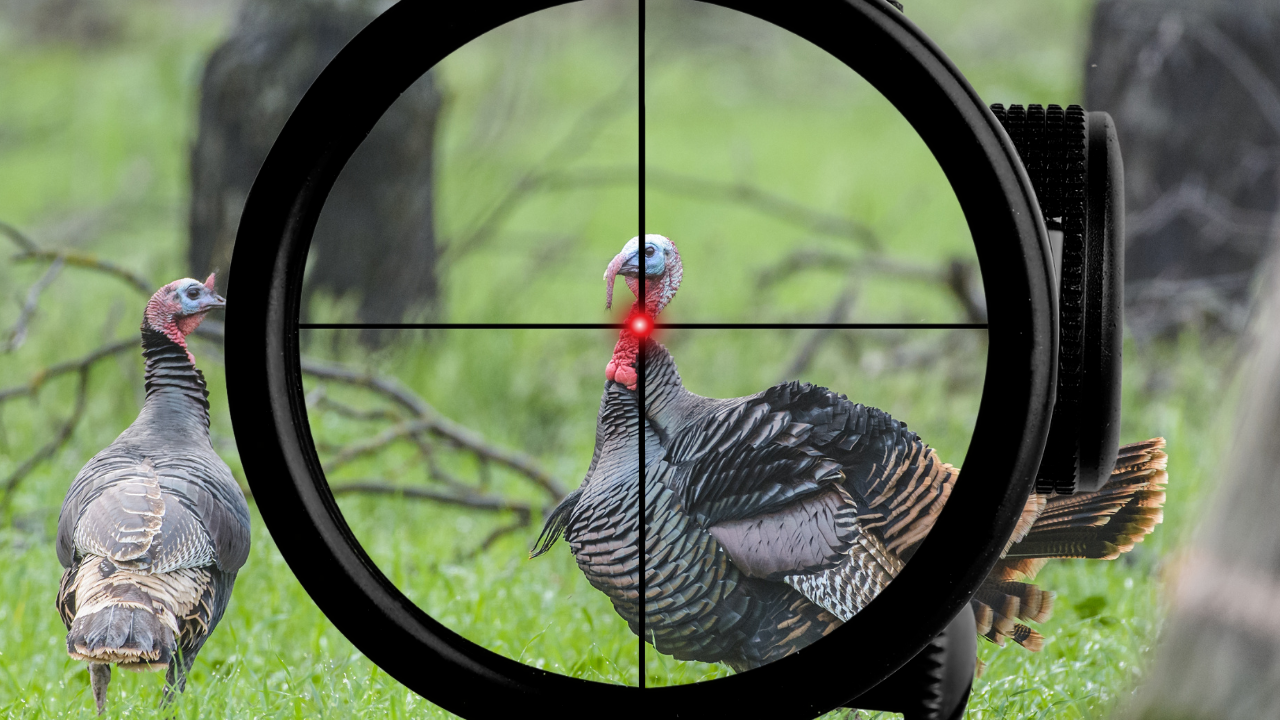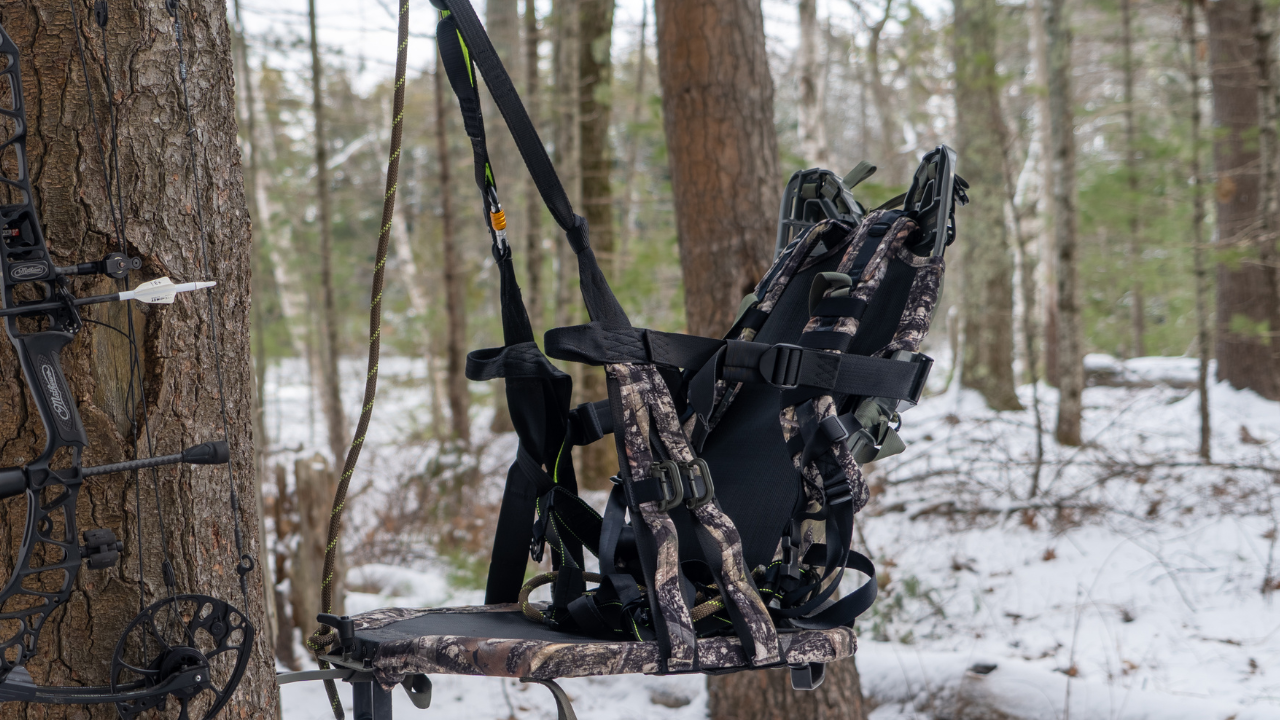Understanding how hunting pressure shapes deer behavior, especially buck behavior has completely changed my approach to whitetail hunting. I used to get frustrated in heavily hunted areas, but now I see the pressure as an opportunity.
Table of Contents
Figure Out The Hunting Pressure In Your Area
Some states are hunted more heavily than others. Many states require hunters to gain permission from landowners to hunt their land. That is to say that private property is considered posted property unless the property specifically states that public access is allowed.
However, in my home state of Maine the opposite is true. In Maine, you are allowed to access and hunt anybody’s property without asking permission as long as it is not posted. There are some caveats to this but in general, this statement is true.
This causes much of the populated portion of central and southern Maine, where I live, to be hit hard by hunting pressure. Especially during the rifle season. Also, there are no antler restrictions in Maine which means hunters can shoot any size buck, reducing the overall age class of bucks. In the more populated southern areas of Maine, you have to do your homework to find a 3 ½-year-old buck.
If you also experience high hunting pressure, big bucks won’t be just anywhere. Understanding areas that bucks prefer will greatly increase your odds of success. Bucks that have grown to maturity in these pressured areas are smarter animals. They have found sanctuaries where they feel safe which has allowed them to reach a higher age class.
Pressured Buck Bedding Areas
Pressured bucks prioritize safety above all else when the rut isn’t in swing. They’ll seek out the highest quality bedding areas – often overlooked, secluded, difficult to access, and with dense vegetation offering excellent cover. This makes focusing your scouting on bedding areas a smart starting point.
Fortunately, the type of vegetation pressured bucks prefer to bed in can usually be seen from aerial imagery. To determine how secluded a bedding area is you will have to use your imagination. I often ask myself the question; would other hunters likely be accessing the area?
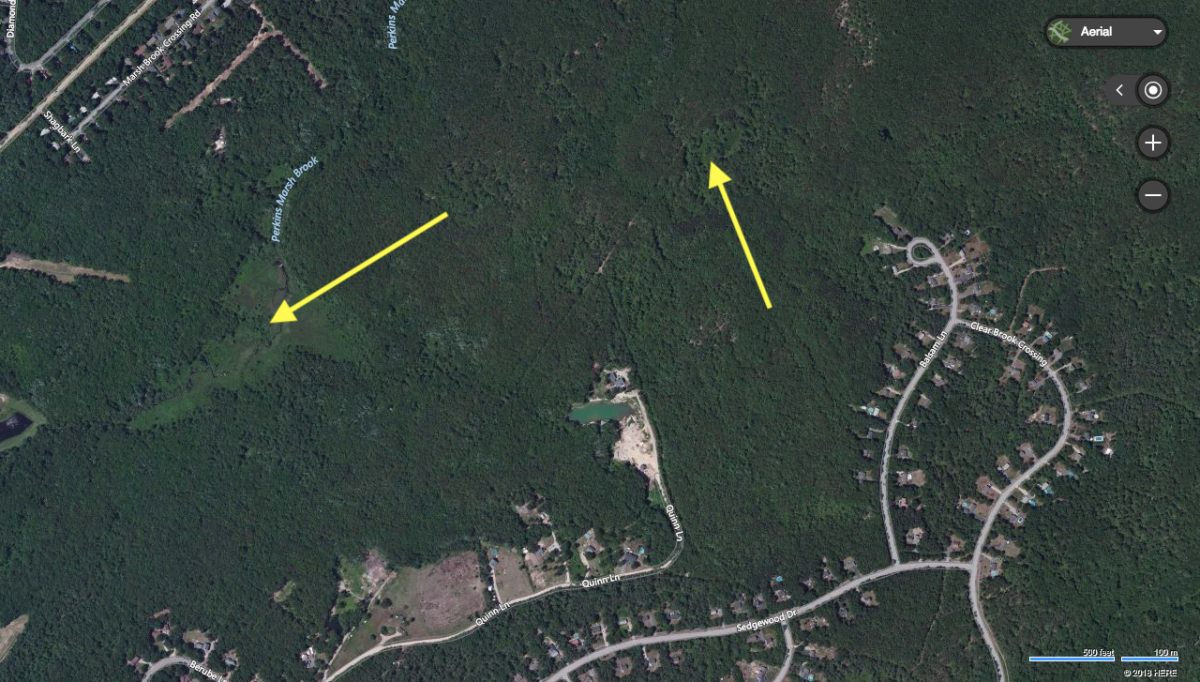
I can usually tell if a property will provide quality bedding opportunities by looking at aerial imagery. To learn how I do this check out my blog post: 15 Best Tips for Scouting Deer using Google Earth. This post goes into detail on different Google Earth tools that are useful to increase your deer scouting efficiency.
Figuring out certain areas that pressured bucks gravitate to has advanced my whitetail hunting career more than anything. Even though few bucks manage to live to a mature age because of high hunting pressure, there are areas I have found that hold bucks over others. Not only are these areas more likely to hold bucks but they also hold bucks consistently.
Edges of Protected Areas
One of my favorite places to find pressured bucks is on the edge of properties where hunting is not allowed. I call these areas Protected Areas. Protected Areas could be wildlife reserves, conservation areas, and posted property where hunting is not allowed.
Scouting in these areas during the off-season and along the border of posted land has been beneficial to me in finding bigger bucks. Why would you scout places you cannot hunt? Because nobody else can hunt them either, and as a result, bucks feel safe and have a chance to grow to maturity.
First, I’ll try to get permission from the landowner to simply scout the property. This lets me confirm buck activity and strategically place a stand near the boundary.
Even without access, if the buck sign is excellent and the bedding area is clear, I’ll assume bucks are using it. Experience has taught me that pressured bucks naturally gravitate toward the safest bedding available.
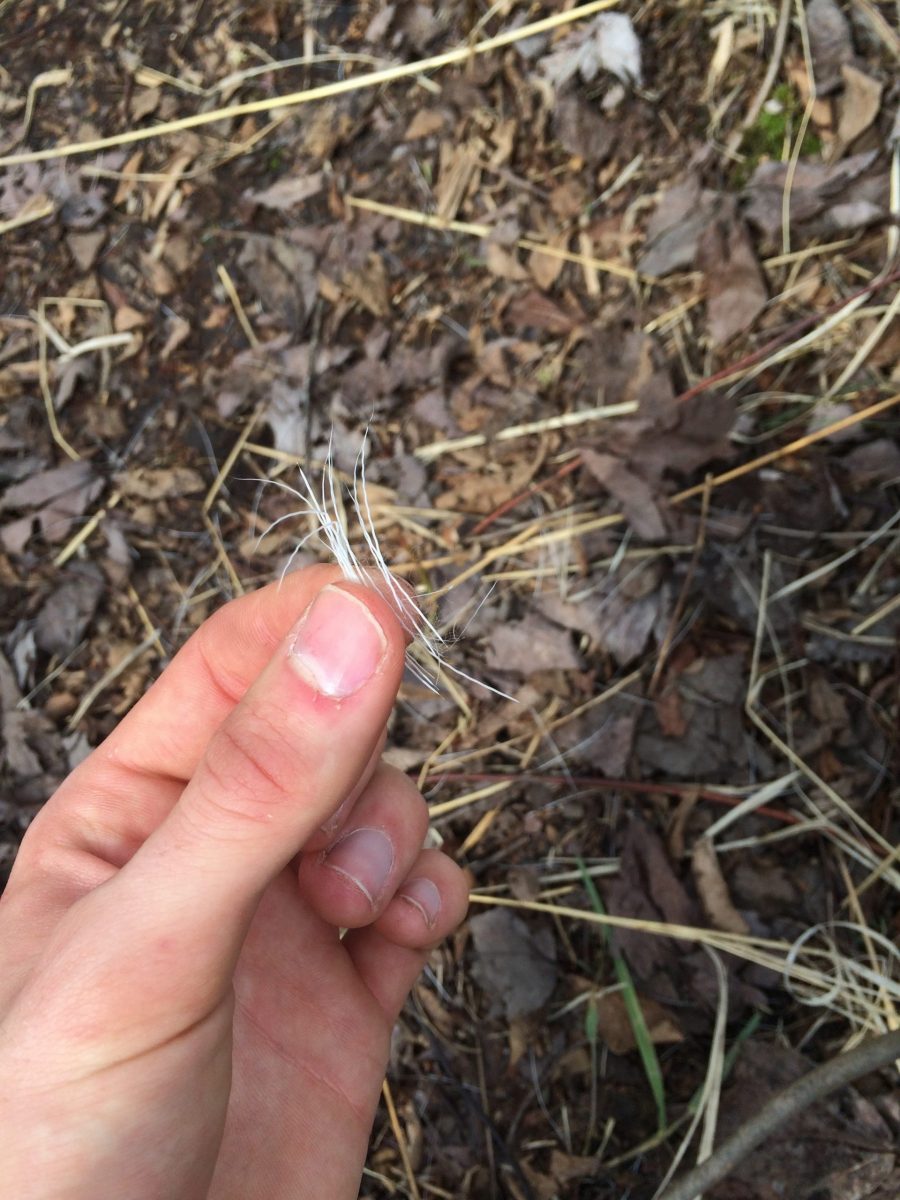
When setting up a stand location it is key to be as close to the property line as possible. Pressured deer often don’t stray far from their beds until dark. Being as close to the bedding area as possible increases the likelihood of catching a big buck on his feet before quitting time. Many hunters don’t think about protected areas when looking for areas that produce big bucks, but I have found they have potential.
Highway Bedding Areas
Highways are another spot I key in on. They often create good deer bedding habitat because the edges of the highway get a lot of sunlight which creates dense vegetation. Additionally, they often create wetlands from the water that is shed off of the highway and into the ditches.
If this water remains long enough to inundate soil for long periods of time, wetland vegetation starts to grow. This wetland cover often includes cattails, speckled alder, and tall grasses, which provide great screening cover. I have found whitetails love this vegetation for bedding compared to other areas.
Pressured bucks have learned to use the shape of the highway to their advantage as well. They are aware highways greatly limit where danger can approach them, and will often choose a concave portion for bedding.
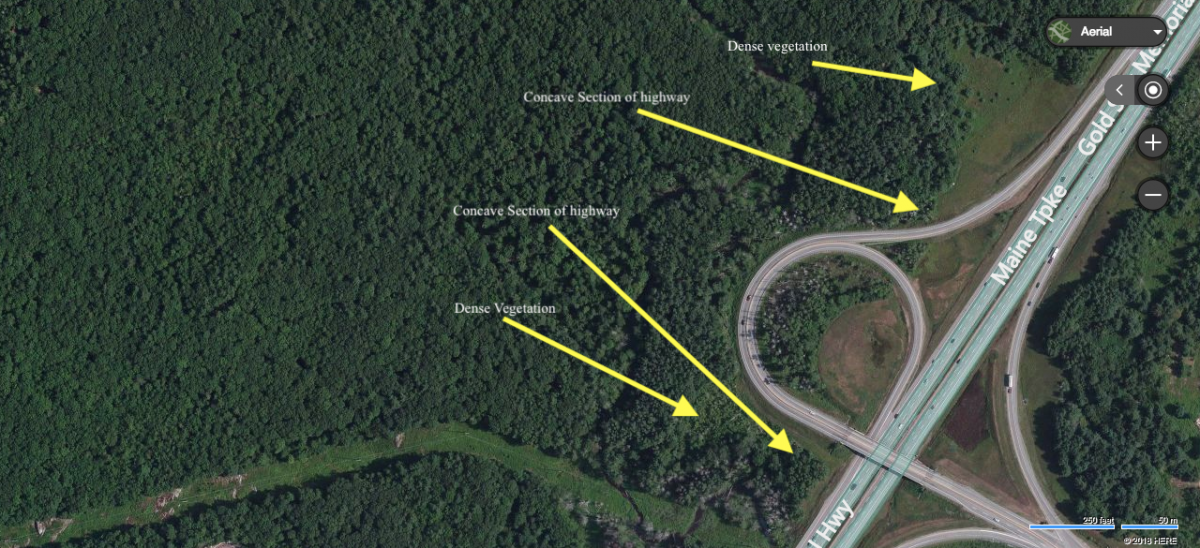
I believe they do this because this shape protects them from approaching threats in the greatest range of directions. Pressured bucks can utilize multiple wind directions, take advantage of thick and noisy vegetation by hearing approaching predators, and see what is coming from all threatening directions.
Doing this allows them to slip out the backdoor undetected. Bedding areas like this pretty much offer complete safety. Becoming aware of how bucks use highways to their advantage will help you place stands in more strategic locations. Although it may not be the most peaceful hunt, highways can produce great results.
Swamp Bedding Areas
I have found swamps to be especially productive when it comes to finding pressured bucks.
The first reason is that swamps, especially large ones offer isolation from other hunters. Hunters avoid these areas because to most it is a lot of work to struggle through the nasty cover. Additionally, many hunters like to hunt from treestands. Swamps often stunt tree growth and do not produce trees big enough to support conventional treestands.
Most hunters usually end up hunting the edges of swamps where the trees are. I have found that getting deep into swamps where other hunters do not want to go can provide excellent hunting. Being able to get away from other hunters has allowed me to find areas of low hunting pressure within regions of high pressure. These types of places are where mature pressured bucks seek refuge because they know from experience that there are fewer hunters; thus, it’s safer.
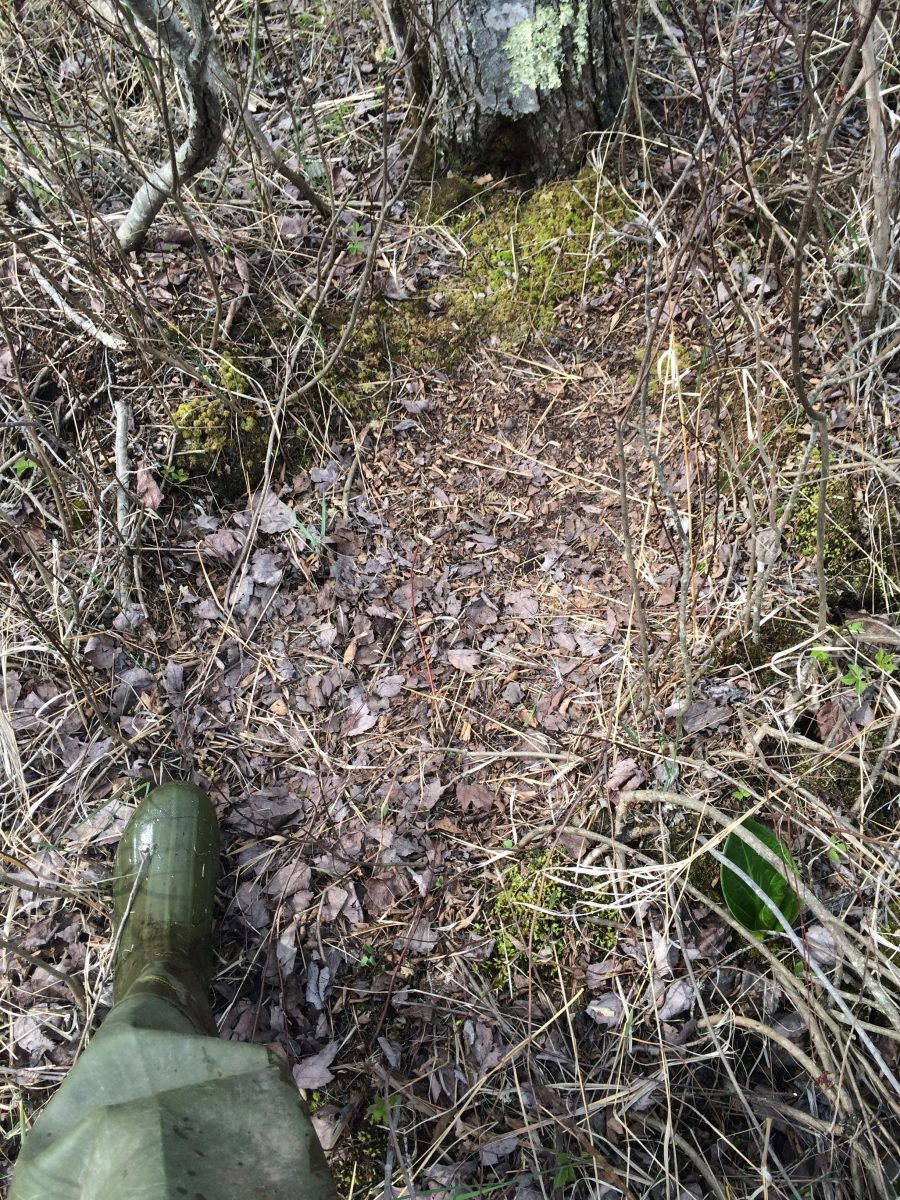
Swamps also have the potential to hold multiple big bucks. Like I mentioned before I have found that pressured bucks seek out and bed in the highest quality bedding areas, they aren’t mindlessly bedding down anywhere. Thick swamps, more often than not, offer the highest degree of safety when compared to other areas on a property. This means multiple bucks will gravitate toward the same swamp because they know it is the safest place in their core area. The size of the swamp influences its ability to hold multiple bucks. Big swamps are more likely to hold multiple bucks than small ones. Hunting areas that pressured bucks tend to gravitate to, and that potentially hold multiple bucks has increased my success.
Pressured bucks do not spend all their time in swamps; they need to feed at some point. However, this is usually after dark when they feel safe. Deer trails are often easily noticeable in swamps, sometimes you can even see them from aerial imagery. I make sure to follow these trails from the mainland into the swamps during scouting missions to find buck beds. Doing this has helped me understand where I should place my stand in relation to these beds. Usually, this means placing my stand as close to these beds as possible without spooking them. I hunt from a tree saddle which allows me to get into trees much smaller than conventional treestands. Getting closer to these bedding areas has helped me get eyes on bucks during daylight hours.
River Oxbow Bedding Areas
Rivers often create swamps at their edges from soils being exposed to hydrologic conditions for long periods. Thick and nasty wetland vegetation is created as a result, which is where pressured bucks like to spend their time. I have noticed that bucks will use rivers almost identically to how they use highways for protection.
I often find pressured buck beds in swamps where the river has created a concave shape. The beds are usually located on a hummock at the edge of the river looking back toward the mainland. I find these beds here because, like highways, they know they are safe in the direction of the river. By bedding the concave portions it limits the direction danger can come from, reducing the likelihood of being snuck up onto.
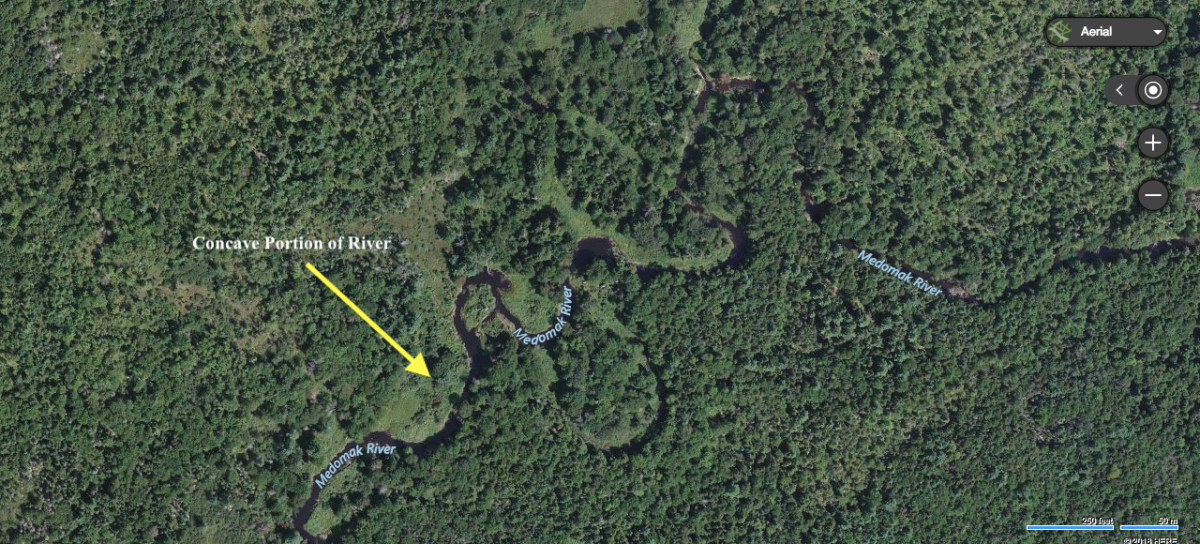
Conclusion
For me, understanding where and why mature bucks bed where they do has made me a significantly better hunter. I struggled with seeing mature bucks for years and could never figure out why. I thought that hunting harder and longer using the same tactics would provide better results.
Now that I am hunting smarter I have seen much better results. If you are someone who is struggling with finding pressured bucks you can take action. Seek out and scout places that other hunters would not think to go, or may not want to go, be creative. If you find big buck sign the next step is to find the highest quality bedding area on the property. Then search the bedding area for more sign, if you see an additional big buck sign near the bedding area set up your stand!
